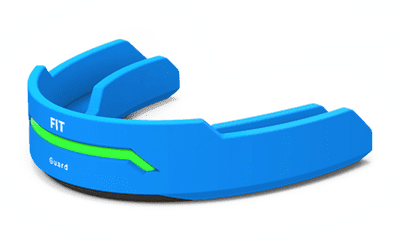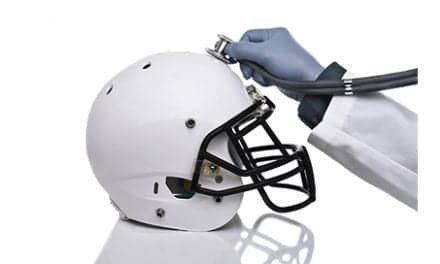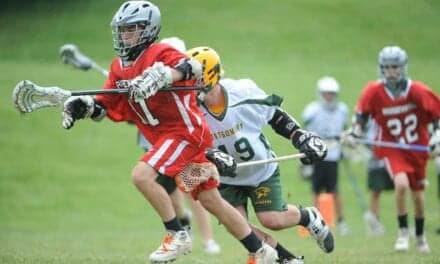Ann E. Glang, PhD, co-director of the Center for Brain Injury Research and Training at the University of Oregon, recently co-developed a web-based tool built to communicate issues linked to concussions sustained by high school athletes. Glang worked half-time to develop the web program as part of a seven-member research team at ORCAS, a health technology and innovation company originally known as the Oregon Center for Applied Science.
According to a university news release, Glang led a study that compared the use of the Brain 101: The Concussion Playbook web program in 12 high schools to the usual care practices of 13 other high schools during the fall 2011 sports season. The study’s findings appear online ahead of print in the Journal of Adolescent Health.
The release notes that study participants, including 4,740 students, were in Oregon’s largest high schools, Class 6A, that have athletic trainers on staff. Implementation began as the athletes underwent baseline cognitive assessments. Students in Brain 101 schools were then introduced to the website. Control school athletes watched a video produced by the Centers for Disease Control, says the release. Brain 101’s 15-minute segment for students is designed to be factual and simplistic, including portions of humor.
Listen to Glang discuss the Brain 101 Study.
Glang states that the researchers were aware of the challenge behind influencing teens, particularly since “So many kids believe that if they report a concussion, it will cost them the season. Reporting on a teammate is the same—there’s a strong code of staying together. So we knew what we were up against.”
Following the study’s completion, ORCAS reportedly opted to continue to host the website and allow schools and parents to access and use it for free.
The release reports that the playbook’s main point is that 3.8 million concussions occur every year, not only in football but also in other sports and recreational pursuits. Nationwide, laws require that children suspected of being concussed be pulled from play until cleared by a healthcare provider. Many mandates exist, Glang says, but not a lot of tools.
To that end, “The goal for our resource is to get all of the adults and all of the kids to understand the stakes,” Glang notes.
Michael Mulvihill, CEO, ORCAS, adds that the program “has generated a lot of interest and excitement and is available for free—no registration required—for the public good. ORCAS is happy to sponsor it, promote it, and host it.”
Brain 101, Glang explains, was built using a framework developed in the early 1990s in the UO College of Education for the School-Wide Positive Behavioral Interventions and Supports program. The program is now used in more than 20,000 schools worldwide.
Its material is adjusted for each user group, built to require little reading time, and is supported with animation and videos. The content avoids fear tactics, focusing instead on interviews with researchers, certified athletic trainers, neuropsychologists, physicians, and public health officials.
The program is designed to encourage students to report their injuries, as well as possible injuries in their teammates. Educators are instructed about what to look for in the classroom, and parents receive information about concussion symptoms and steps they may use at home and in consultation with teachers to maximize recovery. Coaches are provided a 20-minute program about recognizing and responding to concussions and reducing risks.
The release notes that during the study, youth athletes in Brain 101 schools sustained a total of 51 concussions; control schools had 43. The results indicate that concussed students receiving the Brain 101 approach received 51 academic accommodations compared to 25 in the control schools. Additionally, concussion-management teams were established at 77% of the Brain 101 schools, compared to 20% of control schools.
Photo Credit: University of Oregon
Audio Credit: University of Oregon
[Source(s): EurekAlert, University of Oregon]





